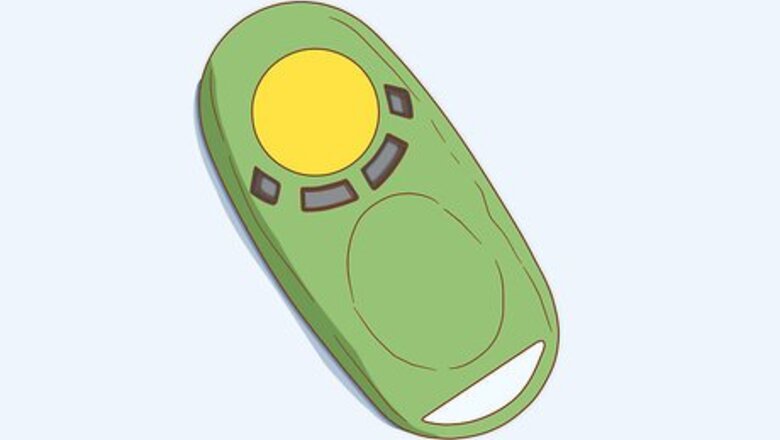
views
Using Sounds
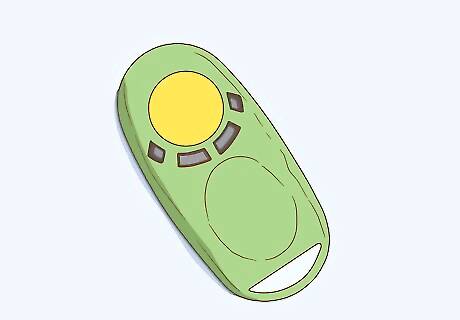
Get a clicker. Using a clicker involves reinforcing positive behavior with a sound. When the cat does something you approve of, like squatting towards a sitting position, reward the cat and hit the clicker. Try to avoid rewarding the cat without the clicker noise so there is no confusion about why a reward is happening. Initially you may have to use the clicker with a treat without any action by the cat, just to get the ball rolling. As a substitute for a clicker you can use a ball point pen.
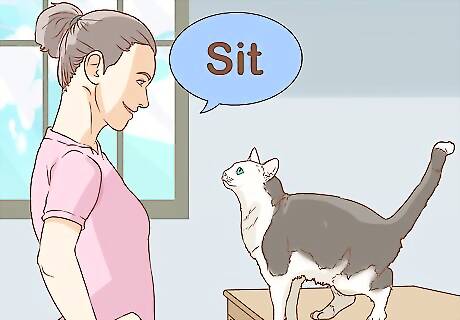
Use vocal cues. Begin the process by making a specific, repeatable sound before feeding the cat. Preferably, this sound can be before opening a can of cat food. Once the cat associates that sound with food, the sound can be used for specific training without food. When you see your cat start to move towards a sit, make the vocal cue. If the cat sits, make the same sound. A great way to use this vocal training is to simply get your cat to come to you. After the cat has made a solid association, initiate the training in small steps. Don’t allow your cat to jump for the treat. The same vocal cue strategies used to reinforce positive actions can be used to tell your cat that the treat isn’t permitted without sitting down.

Give your cat a bell to ring. Try putting a bell at your cat’s eye level and showing it a treat. When the cat wants something and starts to meow, ignore it. When the bell is rung, however, look for the cat to sit and reward it immediately. Ignore destructive behavior. Wait for the desired reaction (e.g. squatting towards a sit or actually sitting).
Rewarding with Treats
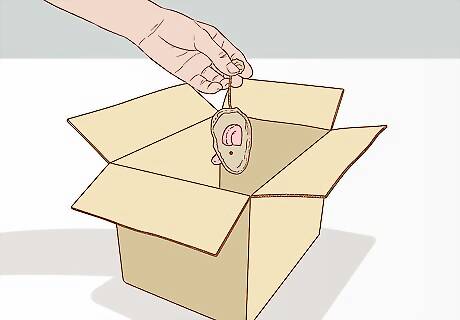
Remove distractions from a comfortable room in which the cat likes to relax and sit. Cats are easily distracted and you wouldn’t want anything to contradict or interfere with the training. Try to remove sounds, toys, food, and anything else your cat may be tempted by. Be sure to choose a room in which your cat is comfortable and used to. Close blinds and/or curtains to keep exterior distractions to a minimum.
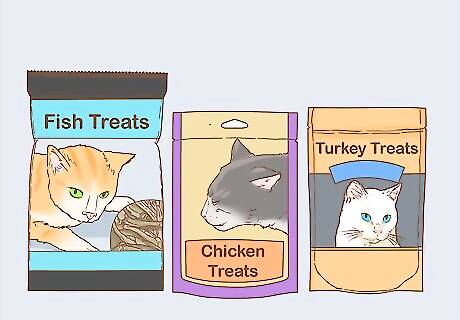
Break out the good treats. Cats won’t necessarily react to normal treats. They want treats that are soft food, like fish, chicken, or turkey. Use something they love and rarely get. Some cats will not be motivated by treats, as cats are not as food-motivated as dogs. You may be able to successfully train your cat without treats. Sometimes a favorite toy works just as well.
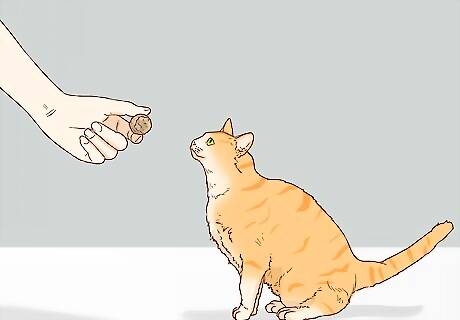
Reward specific movements. Begin by rewarding your cat when it starts to sit. Reward each movement. Every time the cat hints at sitting down, or better, actually sits down, give it a reward. Begin simply and grow off of each movement.

Raise the treat above the cat’s head. Slowly lift the treat in front of the cat’s head, ensuring it's out of reach. The angle of the treat will be such that the cat has to look upward, and the cat's anatomy is beneficially angled. This should cause the cat to sit down.

Reward often and consistently. The ASPCA recommends training your cat twice a day, for five minutes each. The training could be just the squatting motion, or the raising of the cat's head, as long as the movement is a precursor to sitting. Aim to have your cat repeat the action 20 times in each training session. Practicing too much could be counter-productive. Be sure to reinforce the training on subsequent days until the cat gets it.
Avoiding Negative Reinforcement
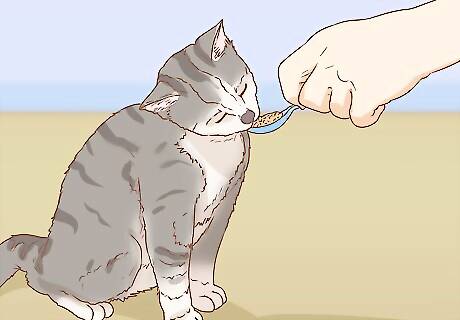
Motivate with treats over praise. Motivating a cat isn’t likely with praise. They don’t work in a partnership, so there is no reason to really do what you command. When the cat sits, you can praise it, but be sure to do so with a treat as well.
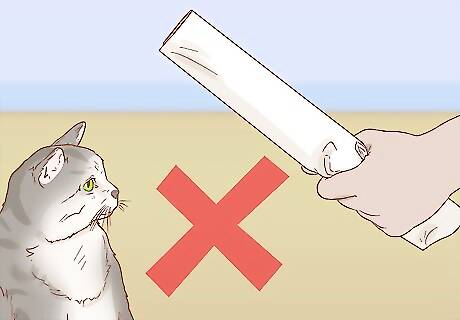
Be positive. Cats do not respond well to dominance or stress. When stressed, they are likely act out, and they certainly won’t be responsive to training. To avoid negative reactions from your cat, be sure not to react negatively to failure or setbacks. When your cat doesn't sit immediately, and it won't, remember the following: Do not punish. There is a good chance that no matter the punishment, your cat won't make an association between it and the action. If it doesn't sit and you punish it, there may be an association with any number of other things instead of your actual command. Do not get physical with the cat. Hitting, shaking, or slapping could make it fearful. If that happens, the cat may avoid you, which will make training nearly impossible. Do not force the issue. The more you force it, the more likely the cat will stress out. Cats learn on their own terms, and at different speeds. You may just frighten the cat if you push too hard. Use the treats solely for training. If you use the treats too often, your cat will start to beg. It will pester you for a treat when it does anything whatsoever.
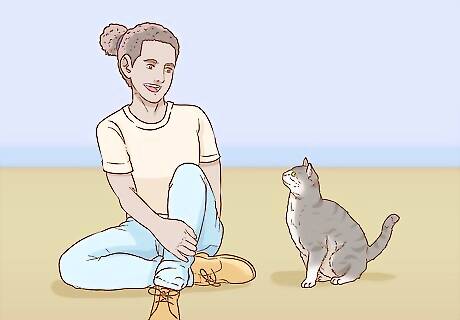
Sit on the ground. You will want to be on the ground with your cat to show you want its attention. It may also help because being higher than your cat could appear like you’re about to pounce and show dominance. The extra focus should help when trying to persuade your cat to start the sitting movements.
















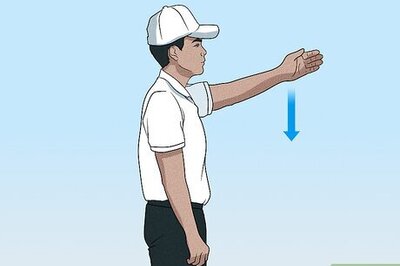

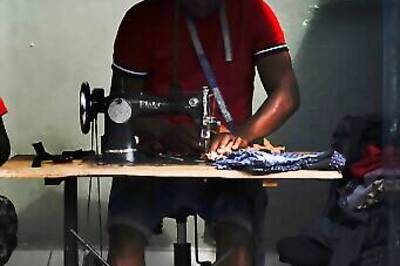

Comments
0 comment